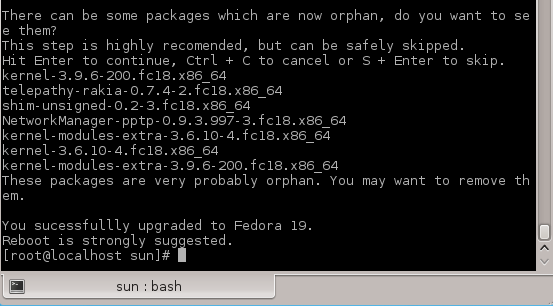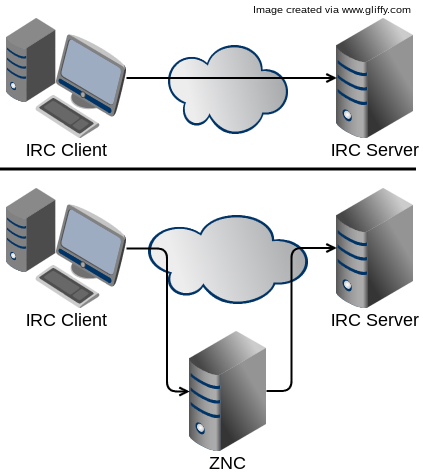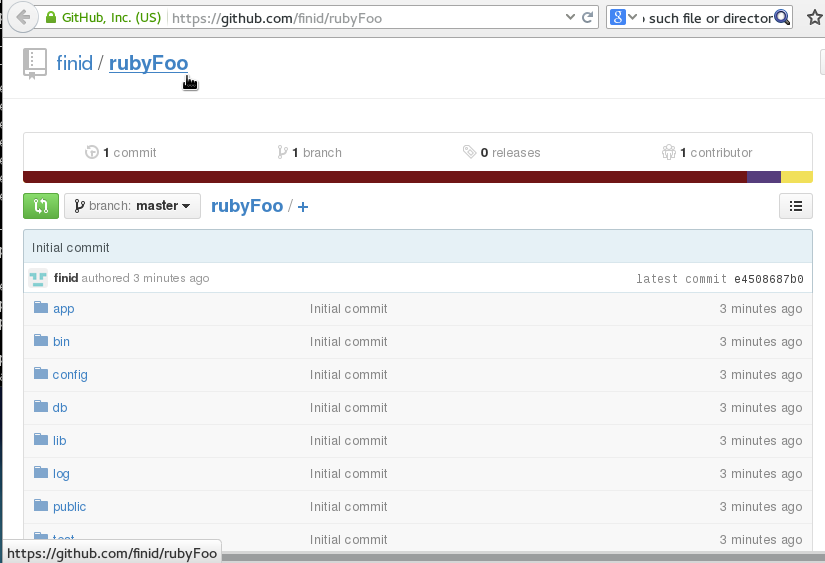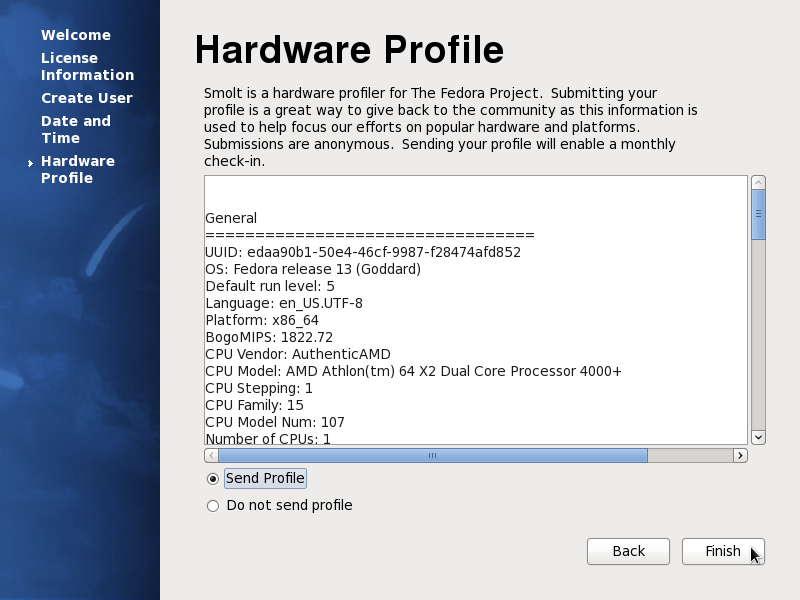Fedora leads Linux distributions in implementing new and bleeding-edge features with each new edition or version. Fedora 17, code-named Beefy Miracle, which is due sometime in May this year, will extend that lead as it will ship with many features that are yet to be considered by other distributions.
Many of the new and enhanced features will be aimed at enterprise users, others at desktop users, while some will appeal to both user groups. Some of the features targeted at desktop users have been covered in top features for desktop users of Fedora 17.
This article lists the top ten features that will appeal primarily to enterprise users. Keep in mind that most of them have not been fully implemented in Fedora 17 alpha, the first public release of what would become Fedora 17.
The features in alphabetical order, are:
- Cloudstack – The official description states that Cloudstack is a “mature, enterprise-grade, fault tolerant, multi-hyerpvisor, production-ready IaaS platform.” If you do not know what that means, then you have no need for Cloudstack. But seriously, Cloudstack makes it easy for anyone with the resources, to provide computers and adjacent components (Cloud Computing infrastructure) as a service. Hence the acronym IaaS or Infrastructure as a Service, the very foundation of a Cloud Computing offering. Thus with Cloudstack, you can run an IaaS Cloud in Fedora 17. More information about Cloudstack is available at Cloud.com.
- Bonding, IP-over-Infiniband, bridges and VLAN support for NetworkManager – Users will be able to configure these features from NetworkManager. While most of these will be primarily for enterprise users, Joe Desktop User will have the opportunity to mess with interface bonding.
- DIET – Distributed Interactive Engineering Toolbox is a grid toolkit, a “middleware designed for High Performance Computing in heterogeneous and distributed environments (workstations, clusters, grids, clouds).” In simple terms, DIET gives you the tools with which to build computational servers. More about DIET here.
- Eucalyptus – Another IaaS software, but this one is designed for building private IaaS compute and storage services that are compatible with Amazon Web Services (AWS). More about Eucalyptus here.
- Ext4 and 16 TB file systems – While other journaling file systems available on Linux support file systems of 16 TB or more in size, ext4 has a limit of 16 TB. That should change in Fedora 17, with the goal of scaling ext4 to support file systems to a maximum of 100 TB.
- OpenNebula – Yet another IaaS software. This one makes it easy to build and manage private, public and hybrid virtualized data centers and cloud infrastructures. More here.
- OpenStack Essex – Essex is an upgrade to OpenStack, and will make it easy to build private and public IaaS Cloud Computing services in Fedora 17. More here. Fedora 17 will also ship with OpenStack Horizon, a Web interface for OpenStack, and OpenStack Quantum, a virtual networking service for OpenStack.
- Open vSwitch – This is a multi-layer software network switch. With it, you can set up a virtual network switch that makes it easy to link virtual machines and manage virtual networks. More about Open vSwitch at OpenvSwitch.org.
- Thermostat – “is an instrumentation tool for the Hotspot JVM,” providing “support for monitoring multiple JVM instances” on the local machine and on remote hosts. JVM stands for Java Virtual Machine. More on Thermostat here.
- Enhanced Cluster Stack – In Fedora 17, the cluster stack will be spiffed up with support for high availability and load balancing.
Want to test these features yourself? Download installation images of Fedora 17 alpha from here. Note: At this stage, many of these features have not been fully implemented.








can wait for the final release!!! it’s damn awesome distro!!!